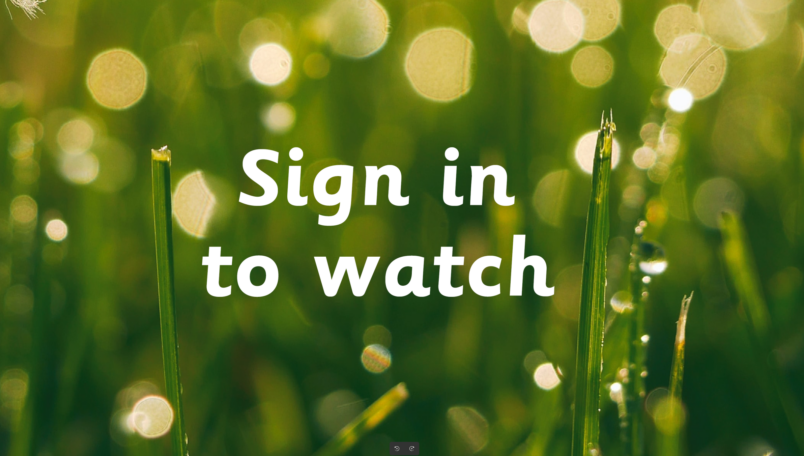Number (estimation): Starling Murmuration
Challenge level ⭐⭐
(designed for children with prior knowledge of the Year 3 and Year 4 programme of study)
Learning Objective
We are learning how to solve a natural world problem by using and applying our skills and knowledge of number (including estimation and working with large numbers).

Clip Description
With its short tail, pointed head and triangular wings, a starling looks a bit like a four-pointed star when it is in flight. (This is how the species got its name!) At a distance, this common bird appears black in colour. On closer inspection, its glossy feathers shimmer with shades of green and purple.
In this fascinating clip, we are treated to a starling murmuration, high above the Royal Pier in Aberystwyth. This involves thousands of starlings moving together, twisting, turning, swooping and swirling across the sky in beautiful, shape-shifting clouds. Why do you think the starlings flock together in such huge numbers? Watch the clip to find out.
Whiteboard Number Challenge
When starlings fly together, scientists have discovered that they tend to follow the movements of the seven birds nearest to them, leading to the fantastic acrobatic displays in the clip.
Can you work out the next number in the sequence below?
1, 7, 49, 343, …
If you continued the sequence, could the number 16,802 appear in it? How do you know?

 Sign in
Sign in